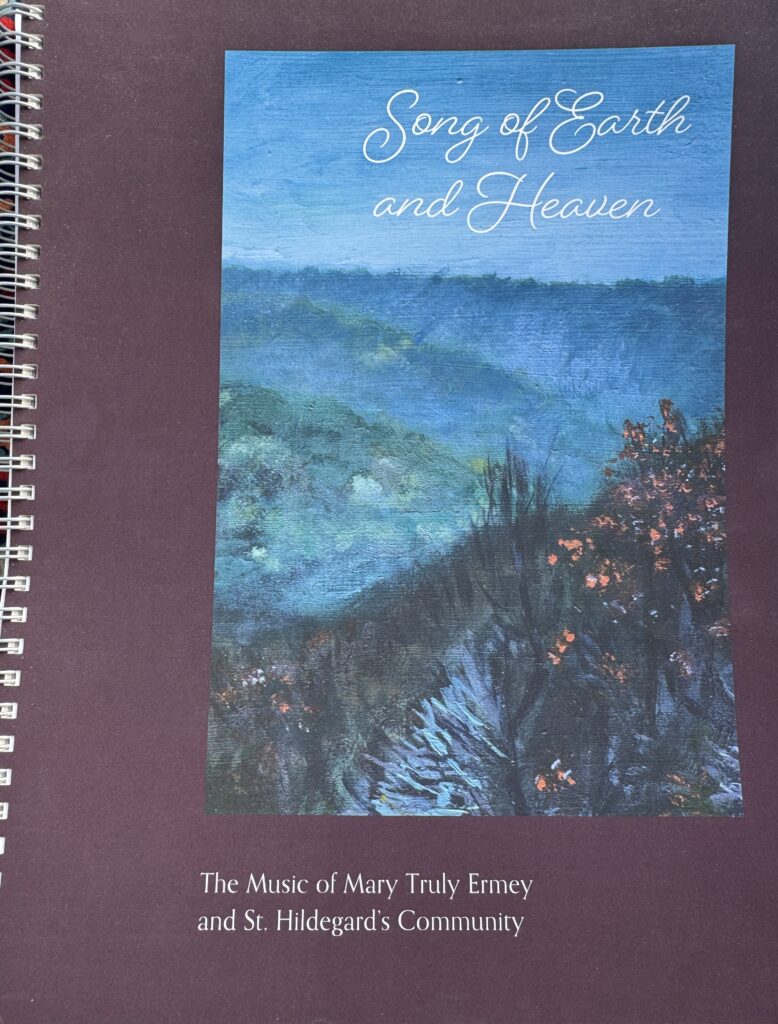The Bible and the Land by Daphne Levey
I have been reading books lately about the theology of indigenous cultures. I have read about Native American, African and Australian indigenous theology. They have some beliefs in common. One of the most important ones is the belief that everything is sacred. All creation is sacred. Earth and everything on it is sacred. An important corollary is the belief in reciprocity, living in a communal way not only with a human community but also a community of all parts of the natural world surrounding the human community. I imagine a part of the universality of this theology stems from these groups of people having lived in the same place for long periods of time. They claim the land as the land claims them. I wrote in my earlier blog about how Europeans who came to the Americas became displaced peoples who left their ancestral lands and committed themselves to a very exploitative relationship with the lands of the American continents. It seemed their theology gave them consent. They believed God commanded them to “improve” the land and extract the resources at whatever cost.
I began to wonder: is there any kind of love-of-land theology in the Bible, in Christianity, however hidden? What does it say about us light-skinned people that we so easily desecrate and pollute not only the land on which we live but everywhere else we can? It seems we, as Christians, don’t have much regard for such a theology. It turns out there is a theology of loving the land in the Bible. It is hidden in plain sight in the Hebrew Scriptures. It is easy to see why our ancestors didn’t want to know about it because of what it says. The gist of the theology is contained in the story of Naboth on the one hand, and Ahab and Jezebel on the other. 1 Kings 21:1-14. According to the terms of the covenant with God, the Israelites were given the land, the Promised Land, by God. In return, the Israelites were required to stay true to the covenant to live a Torah-filled life. The ancestral inheritance of Naboth was a vineyard he cultivated as he followed Torah. To him, the land was inviolable as his inheritance from God. Ahab and Jezebel had another view. To them, land was a commodity that could be bought and sold, under their control as sovereigns. Not a sacred gift from God. They approached Naboth and offered to buy his vineyard. It was in a desirable place to enhance the realm of Ahab as king. Naboth refused to sell his land because he didn’t believe he could and remain faithful to God and the Torah. After some scheming, Ahab and Jezebel killed Naboth and took the land. The story highlights two different ways of looking at land. Either it is a sacred inheritance subject to reciprocal obligations or it is a commodity. This passage approves of the first way and condemns the second. Jezebel, in particular, is condemned in the Bible because she isn’t even subject to the covenant, being a foreigner.
Naboth’s way mirrors the indigenous way of looking at the sacredness of land. Native Americans were forced to cede their lands to the Europeans in the same manner as Ahab and Jezebel tried to force Naboth. Uncomfortable? Can we even imagine what our culture might look like if we no longer considered the land as something to buy and sell? The consequence of looking at the land as a commodity is clear in the Bible: those who disrespect the covenant will lose the land. In the Bible, the Israelites’ land was lost because of conquest by a foreign power. The writers of the Bible condemned the Israelites to exile because they had broken the covenant with God. They hadn’t honored their reciprocal responsibilities to God and to the land.
In our case, we Americans are losing the land by the land’s own devices. Our utter disrespect for the land is leading to an Earth uninhabitable by humans. In the Bible, it is said the land will “vomit us out.” Lev 18: 26-28. The land itself conspires with God to enforce the covenant in the Bible. It is time for Christians to take seriously this sacred duty of reciprocity and respect for the land that surrounds us, before it is too late. All land is Promised Land, given by God.



